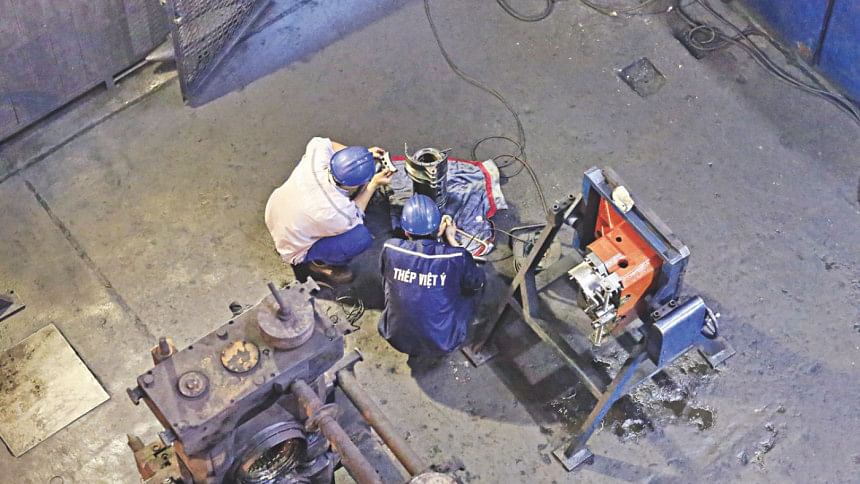Working for a brighter future in Asia

With nearly two decades of strong economic growth, the world's highest employment ratios and lowest unemployment rates, and massive technological innovation, some say "Asia is the future" or even "The future is Asia". But what will this future look like for the three billion Asians of working age (15+)?
Globalisation, new technologies, shifting demographics, climate change, and labour mobility are the forces at play as the region continues on its path to prosperity. The unprecedented speed and scale of changes are exponentially affecting how, where and when we work, do business and make a living. The demand for some jobs is changing, other jobs are disappearing and many occupations will not resemble what they used to.
Most debates on the "future of work" leave us with the impression that the core issue concerning labour markets relates to the nature and portability of workforce skills. And indeed building an agile workforce is a very important part of the future of work transformation. But innovation on its own cannot create decent jobs for all, nor generate inclusive growth.
Despite the region's success in economic growth, despite its technological advances, still far too many workers are left struggling in or near poverty. According to the latest data of the International Labour Organization (ILO), in 2018, still nearly one in two workers in the Asean region (47 percent) was toiling in vulnerable employment—either self-employment or in unpaid family work. Still, one in five workers (20 percent) was working but living below the poverty line. Still, two in three workers are in informal employment. Millions of workers feel insecure about whether they will have any means of earning an income next year, let alone benefitting from a pension in their retirement.
Where will the jobs of the future come from and what will they look like? What's in store for young people? What skills will be needed? Will automation lead to job losses? For some of these questions bring more anxiety than hope.
In many Asian countries, workers shed from labour-intensive sectors find the opportunity to earn some income in the digital gig economy, as a Grab/Uber driver for example. Such labour platforms offer opportunities to earn money, but at what cost? Long working hours, low wages, no security, increasing competition. Asia, as the rest of the world, is still grappling with the regulations of digital labour platforms.
In January, the ILO's Global Commission on the Future of work issued a report, "Work for a Brighter Future", outlining a human-centred agenda for the future of work. The agenda includes a set of measures based on three pillars of action; first, to invest in people's capacities while closing gender gaps and ensuring universal access to social protection; second, to increase investments in the institutions of work as the building blocks of a just society; and finally, to increase investment in key areas of decent and sustainable work such as care work and green jobs.
The report reminds us that regardless of where the future of work takes us, regardless of what and how many jobs are created—lost or impacted—we have the power to choose wisely to put in place the policies that will drive the future of work that we want.
Faced with the challenges of ageing, globalisation, digitalisation, displacement, etc., we have the power to put in place the mechanisms that will help workers and employers to re-skill, find work, change occupation or create jobs.
Faced with labour shortages as societies and workforces age, we have the power to strengthen our active labour market policies to promote inclusive workplaces and overcome each and every barrier that is keeping women, youth, migrants, or disadvantaged workers behind. It is up to us to ensure universal access to effective healthcare systems so that workers can be as healthy and productive as possible, to make sure that social protection systems are fully functioning and serving to stabilise household income levels and ease the burden of economic shocks. It is up to us to implement and enforce strong occupational health and safety regulations so that work hours are not lost due to occupational injuries or worker burnout.
New technologies are spreading, climate change is an accelerating reality, societies are ageing but our future world of work is not yet pre-determined. Our challenge—and our responsibility—is to adopt and apply local, national and regional policies to build a smarter, fairer and sustainable future of work for all.
Tomoko Nishimoto is Assistant Director-General of the International Labour Organization (ILO) and Regional Director for Asia and the Pacific.

 For all latest news, follow The Daily Star's Google News channel.
For all latest news, follow The Daily Star's Google News channel. 








Comments